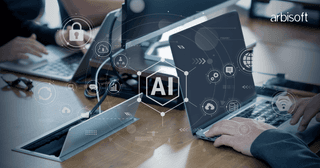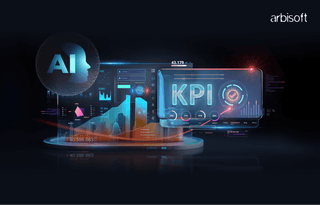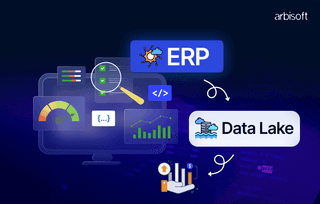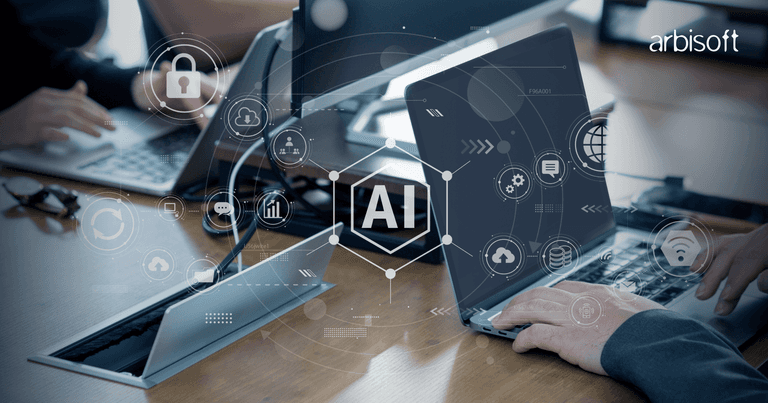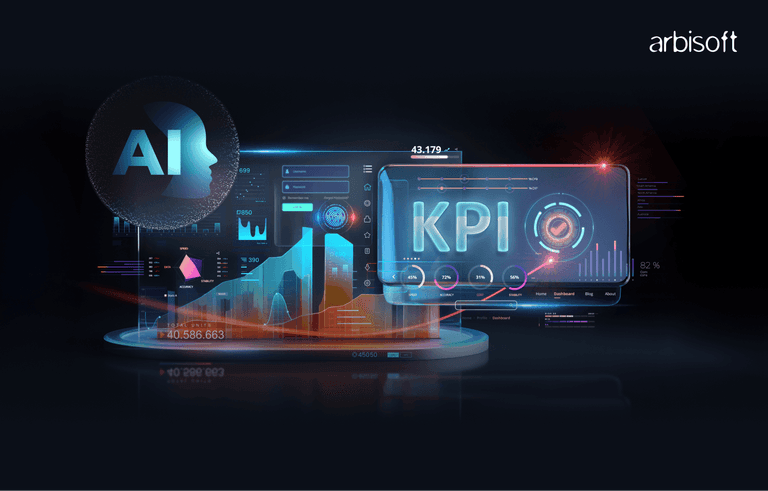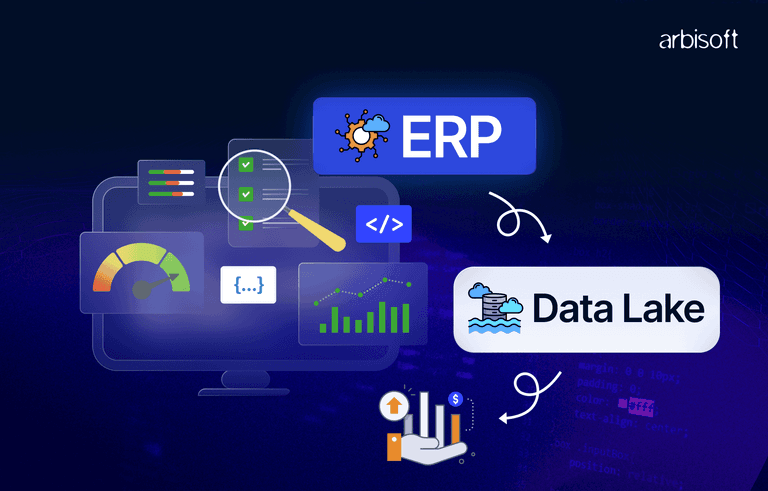We put excellence, value and quality above all - and it shows




A Technology Partnership That Goes Beyond Code

“Arbisoft has been my most trusted technology partner for now over 15 years. Arbisoft has very unique methods of recruiting and training, and the results demonstrate that. They have great teams, great positive attitudes and great communication.”
Why Only 5% of Businesses Are Winning with AI in 2025
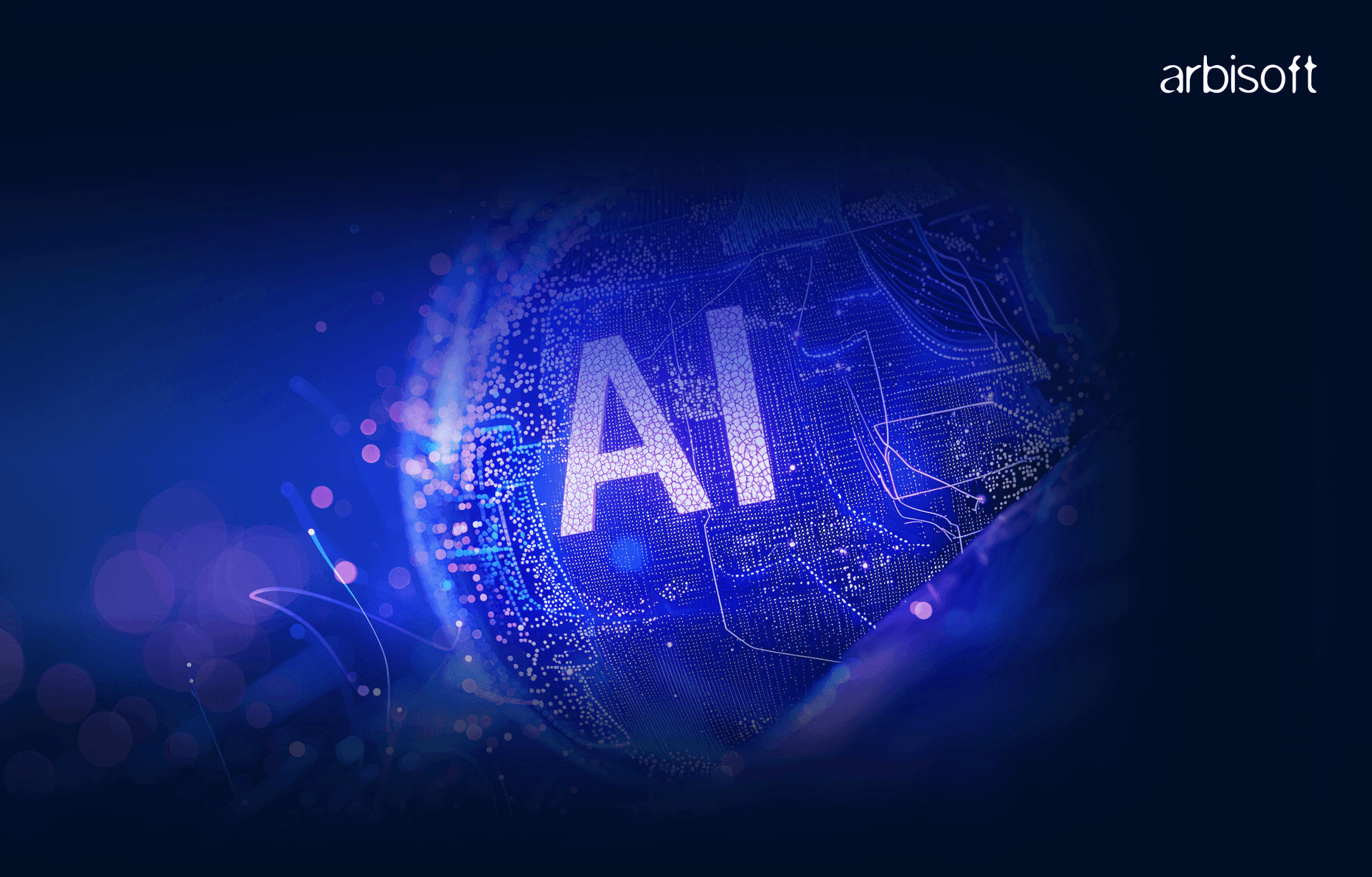
In 2025, businesses are pouring billions into generative AI. From global enterprises to fast-moving startups, the belief is the same: AI will reshape how work gets done. However, the numbers tell a very different story. Despite $30 to $40 billion invested in AI projects, only a small fraction of organizations are seeing a positive impact. Yes, that’s true. The rest are stuck in pilots, experiments, and flashy demos that never change the bottom line.
This striking contrast is what the latest MIT report calls the GenAI Divide. On one side, just 5% of businesses are creating millions in real value. On the other, the vast majority are experimenting without results. The divide is not about technology quality or regulation. It is about approach, learning, and integration.
In this blog, we will show what the MIT report really says, why most efforts fail, what the winners do, and how to cross the divide fast.
High Adoption, Low Transformation
The first surprise from the research is how widely AI tools have spread. Over 80% of organizations have explored or piloted tools like ChatGPT or Copilot, and nearly 40% have deployed them. These systems make individuals more productive. They are easy to try, flexible, and immediately useful.
But here is the catch. Most of this adoption has little to no impact on profit and loss statements. Enterprise-grade systems designed for complex processes are failing to scale. Around 60% of firms evaluated custom AI systems, but only 20% reached pilot stage and just 5% reached production.
This is the essence of the GenAI Divide. Adoption is high. Transformation is low. Out of eight major industries studied, only technology and media showed real disruption. Sectors like healthcare, finance, manufacturing, and energy saw heavy experimentation but no fundamental change.

Image Source: The Gen AI Divide - State of AI In Business 2025
As one executive said, “The hype on LinkedIn says everything has changed, but in our operations, nothing fundamental has shifted. We're processing some contracts faster, but that's all that has changed.”
Why Pilots Stall: The Learning Gap
The report uncovers a clear reason why most AI initiatives fail. The barrier is not infrastructure, regulation, or talent. It is learning.
Most AI tools do not adapt to context, remember feedback, or evolve with workflows. They feel static. Users enjoy ChatGPT for quick tasks like drafting emails or brainstorming ideas, but abandon it for critical work because it forgets previous interactions and cannot improve over time.
This learning gap defines the divide. For everyday tasks, AI is already the preferred choice. Around 70% of professionals prefer AI for writing quick drafts. But when projects are complex, sensitive, or long-term, humans remain the overwhelming choice. The missing ingredient is memory, adaptability, and the ability to integrate deeply into daily processes.
The Shadow AI Economy
While official enterprise deployments struggle, another story is unfolding inside organizations. Employees are taking matters into their own hands.
Over 90% of workers surveyed use personal AI tools like ChatGPT or Claude for their daily work. This is far higher than the 40% of companies that have purchased official subscriptions. Employees use personal accounts to automate repetitive tasks, draft documents, and analyze data, often without approval from IT.
This “shadow AI economy” reveals what actually works. Workers cross the Gen AI divide on their own when given flexible tools. Forward-looking organizations are now studying this shadow usage to see where AI already creates value and then formalizing those use cases.
The Investment Bias: Why Money Flows to the Wrong Places
The divide also shows up in where organizations spend their AI budgets. Around half of GenAI spending goes to sales and marketing. The reason is simple. These functions have easy-to-measure outcomes like email response rates, demo requests, or campaign clicks.
But the report finds that the biggest returns often come from back-office functions like finance, procurement, and operations. These areas are harder to measure but yield significant savings. For example, companies crossing the divide report millions saved by reducing spending on external agencies and business process outsourcing.
A VP of Procurement at a Fortune 1000 pharmaceutical company expressed this challenge clearly: "If I buy a tool to help my team work faster, how do I quantify that impact? How do I justify it to my CEO when it won't directly move revenue or decrease measurable costs? I could argue it helps our scientists get their tools faster, but that's several degrees removed from bottom-line impact.”
This focus on visible metrics over actual value keeps many firms stuck on the wrong side of the divide.
As companies race to cross the GenAI Divide, the winners will be those who turn information into action. Arbisoft's business intelligence solutions make that possible by guiding better decisions at every step.
How the Best Builders Succeed
Startups and vendors on the winning side of the GenAI Divide follow a very different playbook. Instead of building broad, generic tools, they focus on narrow but high-value workflows. They embed themselves into daily processes, adapt to user feedback, and scale by learning continuously.
The most successful builders show three qualities:
- They create systems that retain context and learn from interactions.
- They integrate deeply into existing workflows instead of forcing change.
- They expand step by step, starting with visible wins before tackling larger processes.
Trust also plays a critical role here. Buyers prefer vendors who understand their industry, protect data boundaries, and commit to improving over time. Many executives even said they would rather wait for an existing trusted vendor to add AI features than risk working with an unknown startup.
One way enterprises achieve this is by extending their teams through trusted partners. With Arbisoft’s Team Augmentation Services, companies cut hiring costs significantly and scale faster by accessing on-demand tech expertise without lengthy recruitment cycles.
How the Best Buyers Cross the Gen AI Divide
On the buyer side, successful organizations behave differently too. They do not treat AI like traditional software purchases. Instead, they act like business process outsourcing clients.
The best buyers:
- Demand deep customization tied to their internal processes.
- Measure success based on business outcomes, not software benchmarks.
- Encourage adoption from the bottom up, often starting with frontline managers and power users.
- Partner with vendors as co-creators rather than just tool providers.
Interestingly, organizations that partner externally succeed twice as often as those building AI solutions internally. External tools reach deployment about 67% of the time, compared to 33% for internal builds. This pattern highlights that success is less about resources and more about the right structure and partnerships.
The Real ROI: Beyond Sales and Marketing
The organizations that have crossed the Gen AI divide are already seeing results. In the front office, they report faster lead qualification and better customer retention. But the real breakthroughs are in the back office.
Examples include:
- $2 to $10 million saved annually by eliminating business process outsourcing.
- 30% reduction in agency spending on creative and content.
- Significant savings in financial risk management through automation.
These gains rarely involve layoffs. Instead, companies reduce external costs and free up internal teams to focus on higher-value work. The workforce impact is more about shifting priorities and slowing down hiring in disrupted sectors than about mass job cuts.
The Next Horizon: The Agentic Web
The report also looks ahead to what comes after today’s AI tools. The next stage is what researchers call the Agentic Web. This is a system of interconnected AI agents that can remember, learn, and collaborate across platforms.
Instead of isolated tools, these agents will coordinate tasks, negotiate with other systems, and build workflows on their own. Imagine procurement agents that can identify suppliers, negotiate terms, and sign contracts automatically. Or customer service agents that handle entire cases end to end across multiple platforms.
Protocols like the Model Context Protocol (MCP) and Agent-to-Agent (A2A) are already laying the foundation for this transformation. Enterprises that adopt adaptive, agentic systems early will build lasting advantages.
Closing the Gen AI Divide Before It Closes on You
The GenAI Divide is real, and the clock is ticking. Most organizations are still experimenting without results, while a small minority are already banking millions in value. The difference is not luck. It comes from making the right choices.
Organizations that succeed do three things differently. They buy instead of build, they empower line managers instead of central labs, and they choose systems that learn and adapt instead of staying static.
For those still stuck in pilots, the path forward is clear. Stop investing in tools that forget and repeat. Start working with vendors who customize, integrate, and improve. Learn from how your employees already use AI informally, and direct your investments toward processes where AI can truly save money and create growth.
The Gen AI divide is not permanent, but the window to cross it is narrowing. By 2026, enterprises will be locked into vendors and workflows that will be hard to replace. The winners of this new era will not be those with the flashiest demos, but those with AI systems that can learn, remember, and evolve.
The choice is clear. Either cross the GenAI Divide now, or risk being left on the wrong side of history.
At Arbisoft, we help organizations move beyond pilots with Generative AI solutions that are built for scale, from fine-tuning models to handling large datasets. Our approach focuses on control, privacy, and fairness, ensuring AI becomes a trusted part of your workflows rather than just a passing experiment.








